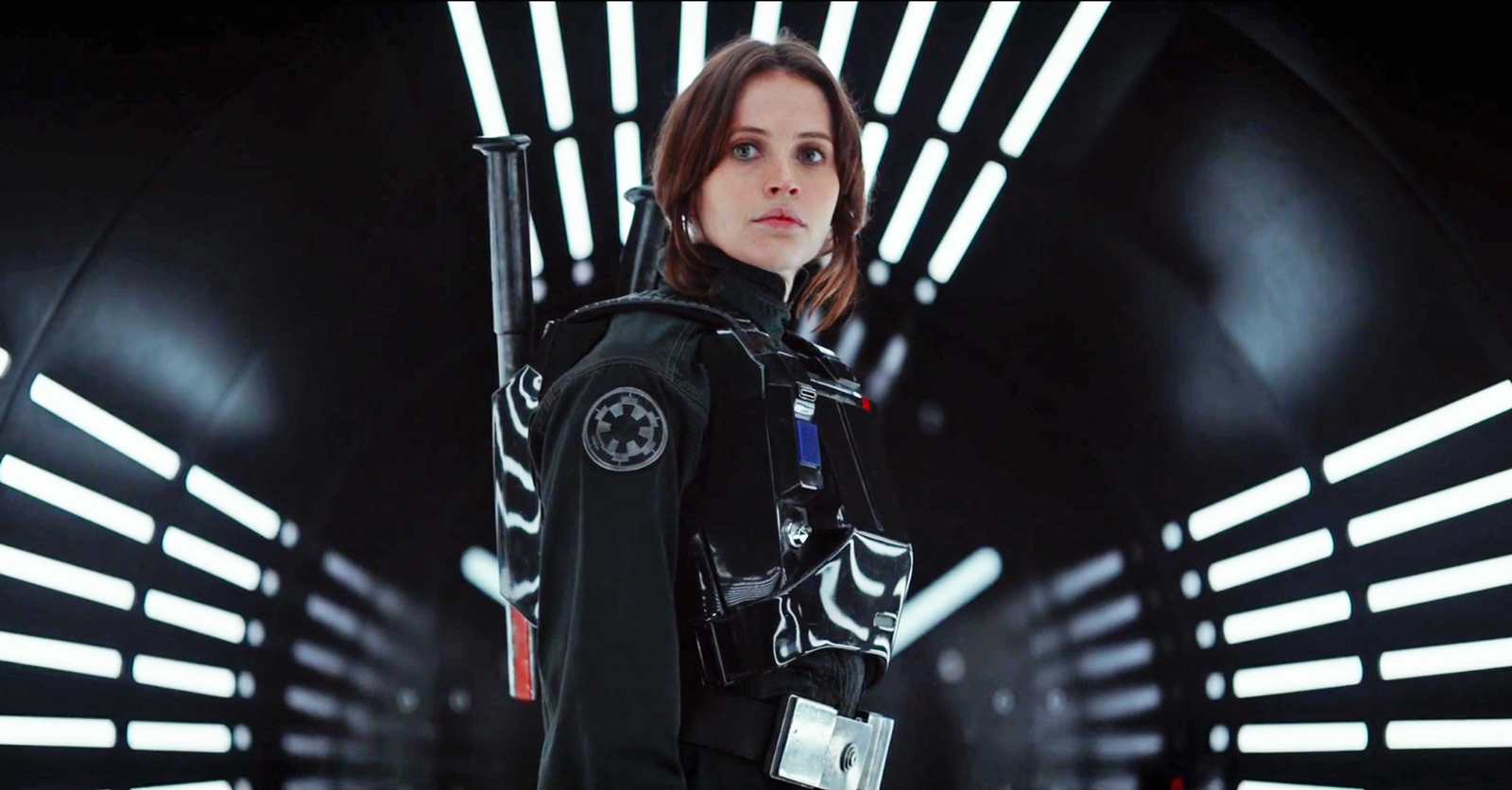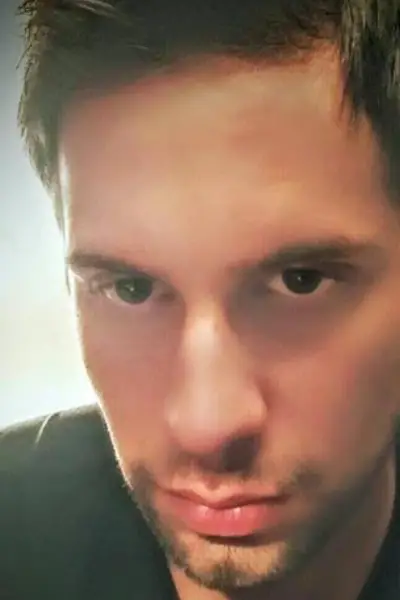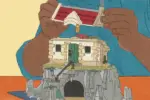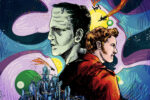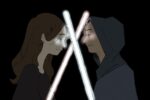The “Rogue One” Bubble
Are there too many “Star Wars” films?
By Daniel Wilcox, University of Texas at San Antonio
Author’s note: This article contains spoilers of “Rogue One.”
It’s opening weekend of “Rogue One,” and I’m sitting in my local cinema, marveling at the newly installed reclining seats and curved, IMAX screen.
What a perfect way to absorb the newest installment in the “Star Wars” cinematic universe. The lights go down, and the packed auditorium stirs. But wait, before we can proceed with the space opera, the movie theater has to pay its bills by showing us twenty minutes of upcoming attractions.
First comes the trailer for “Spider-Man: Homecoming,” with Tom Holland as the third actor to shoot a web onscreen in the last decade (I don’t even think Hamlet himself has seen so much turnover in that same span of time). Following that, we’re given a tease of “Guardians of the Galaxy Vol. 2.,” a film that’s predecessor was expected to be a flop but came out to a glowing reception, thus warranting a sequel.
As I impatiently sit through these trailers, I can’t help but to think to myself, Damn, more superhero movies? Weren’t there already four this year? And then I count back and realize that no, there weren’t four superhero films this year, there were six. “Aren’t people tired of superhero movies?” I ask to no one in particular (because I chose to see “Star Wars” alone). Is the market not saturated with burly actors in funny costumes, CGI villains and decimated American cities?
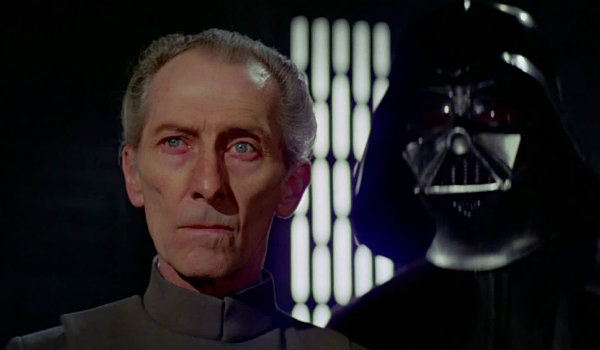
It’s here that I have to stop myself and check my hypocrisy. After all, I just paid $11 to see a “Star Wars” movie exactly one year to the date that I sat in this very theater – sans reclining seats – watching “Star Wars VII: The Force Awakens.” Clearly, I have no qualms about movies of the same franchise being released within a year of one another.
But that’s different, I rationalize to myself. “Star Wars” is an event. It was fifteen years between the releases of “The Return of the Jedi” and “The Phantom Menace,” and another ten between “Revenge of the Sith” and “The Force Awakens.” “Rogue One” is the first live-action “Star Wars” film that isn’t part of the main saga. They just don’t come around that often. Naturally, anticipation is going to be high for new iterations of the franchise. It’s like a passing comet; you don’t want to miss it when it appears otherwise you’ll be sorry you did.
Again, reality butts in. Prior to last year, “Star Wars” movies have been scarce occurrences. That won’t necessarily be the case in the near future. One year from now, “Star Wars Episode VIII” will hit theaters, followed in 2018 by the origin story of fan-favorite Han Solo. 2019 will yield the conclusion of the sequel trilogy, and a year after that we’ll see a Boba Fett film. If you’re keeping score, by 2020 Disney will release six “Star Wars” movies in six years.
Talk about market saturation.
So as the curtain rises on yet another Star Wars picture, I’m forced to wonder if audiences won’t be weary of a galaxy far, far away by the time Boba Fett takes the stage four years from now. No, such a thing hasn’t happened to the Marvel Universe yet. But who’s to say it couldn’t? Already there’s talk of a “superhero bubble” and portents of said bubble bursting in the coming years due to oversaturation of the genre. Some have already said as much about “Rogue One,” and the franchise still has two numbered sequels and two anthology films yet to be released.
The idea of a genre losing steam is not entirely without credibility. The 1950s and 60s saw an overwhelming multitude of westerns in the cinemas, most of them starring the incomparable John Wayne. But eventually even Wayne couldn’t put a bored audience in the seats anymore. The western bubble popped, and now I’m surprised if we see even one western produced per year.
You could argue that “Star Wars” is not precisely a genre, and therefore exempt from the argument. But its status as a brand/franchise deems it just as susceptible to fatigue as any other. What I didn’t mention earlier is that in addition to “Spider-Man” and “Guardians of the Galaxy,” the new trailer for “Pirates of the Caribbean: Dead Men Tell No Tales” was also screened before my showing of “Rogue One.”
Unlike the two superhero entries, the “Pirates” trailer garnered little enthusiasm from the audience (and at least one audible groan from the back of the house). This may not come as a surprise to most, but what you may have forgotten – or are otherwise too young to remember – is that the first “Pirates of the Caribbean” film was expected to tank at the box office, much like the first “Guardians of the Galaxy” film. And like “Guardians,” “Curse of the Black Pearl” was a summer smash, even while Disney executives struggled to determine if Johnny Depp was playing Jack Sparrow as gay or drunk.
Enter the fleet of sequels. Now the franchise is due for its fifth installment, and audiences just can’t seem to muster the excitement to see Johnny Depp perform his Keith Richards impression anymore. “Pirates of the Caribbean” doesn’t have nearly the pedigree and staying power of “Star Wars,” but that isn’t the issue. Part of the problem “Pirates” faces is that since the conclusion of the original trilogy, the subsequent stories don’t seem to be ones that need to be told. Once Davy Jones was at last vanquished to his own locker, what more tales were there to tell?
Such is the case with “Star Wars”; aside from the sequel trilogy, how many of these stories are essential? Contrary to popular belief, “Rogue One’s” premise is not derived from a single line of dialogue in “Star Wars Episode IV: A New Hope.” In fact, the story was concocted independently of “Star Wars” canon altogether. With that in mind, one must ask the question: Is the story requisite to the overarching saga?
As for the respective Han Solo and Boba Fett films? Part of Han Solo’s mystique lies in his mysterious past. To elaborate on it would likely diminish his intrigue. Boba Fett’s origins have been touched on in the prequel trilogy. Do we honestly need any further insight into a character whose sole contributions to the series involve his neat-o spaceship and his embarrassing trip into the Sarlacc pit?
Well, it’s too soon to call Han and Boba’s cinematic fates. What I can say after seeing “Rogue One” is that, yes, this story in particular was one we needed to hear. It’s about time the “Star Wars” franchise was treated with the maturity that it’s longed for. Back when George Lucas drew up the prequel trilogy, he envisioned a story that was intended for kids. He had a good reason: Most of us first experienced “Star Wars” as children. The problem is that most of us grew up while Lucas didn’t, resulting in a film series that appeared to us a 40-year-old nerd still living in its parents’ basement. As a consequence, the prequel trilogy floundered tonally, its character divided between slapstick animation and intellectually stunted political commentary.
“Rogue One” doesn’t suffer from the prequels’ uneven dichotomy. It handles the perils of war and sacrifice more deftly than any entry from the numbered episodes. The movie is not without its quirks – Grand Moff Tarkin appears in the film as he did in “A New Hope.” An alarming sight, seeing as Peter Cushing, who played Tarkin in the 1977 film, died in 1994. There’s something eerie about seeing a dead actor resurrected on screen in CGI form decades after his death. That said, his CGI representation is formidable. I have to admit there is some magic to seeing the old serpent hanging out in a Star Destroyer again.
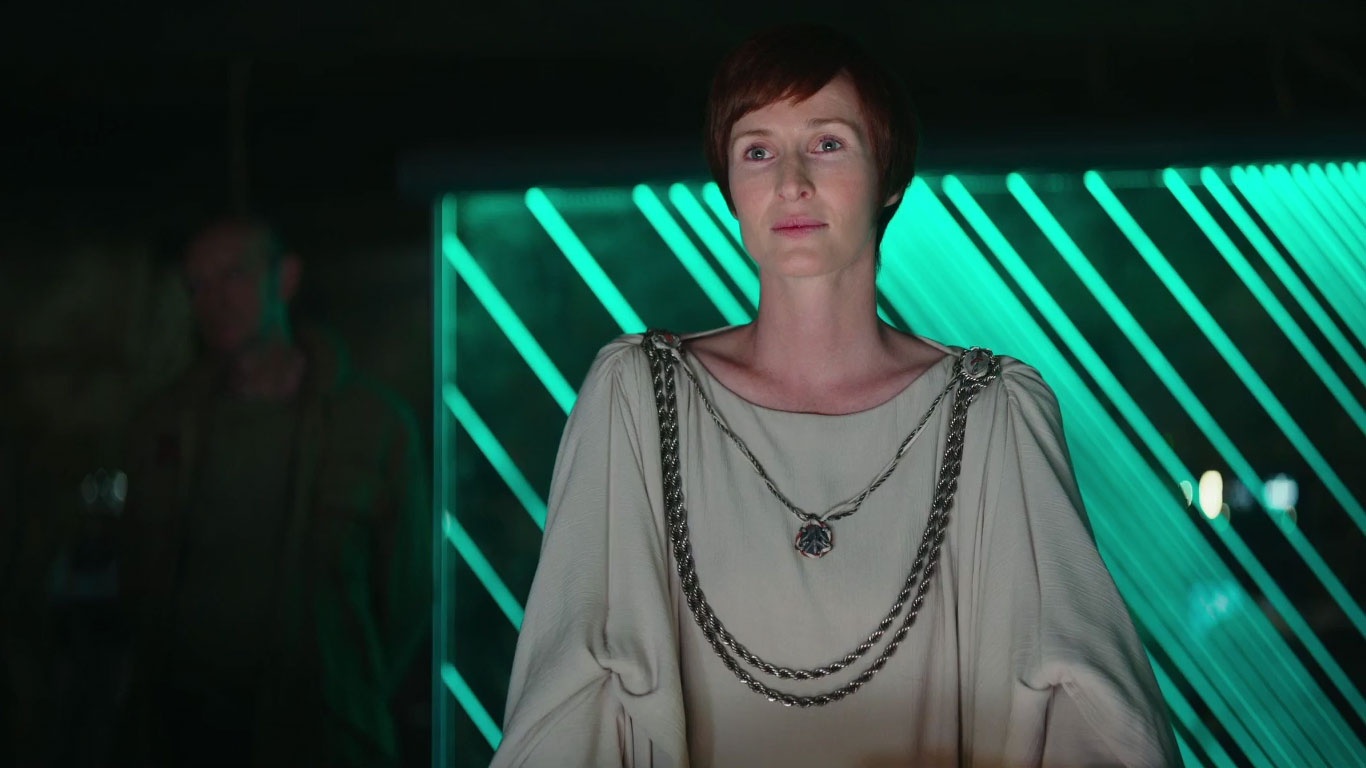
“Magic” is the operative word, and it’s in that magic that there’s reason to believe that the “Star Wars” bubble, and by extension the superhero bubble, and maybe even the pirate bubble, is in no danger of bursting. The final scene of “Rogue One,” which I won’t spoil here, had the audience gasping and cheering. The scene was obviously laborious to produce, but the effect was lost on no one who saw it. In just one scene, director Gareth Edwards managed to succeed where Lucas had failed so often in his prequel trilogy: He gave the audience a supreme display of magic.
I personally can’t find the magic in superhero movies, but that doesn’t mean that other viewers can’t. For comic book nerds, seeing the Avengers assembled for the first time, or witnessing Doctor Strange get the live action treatment after decades of neglect must have been a magical experience, like seeing the pages of a comic book come to life. I can relate; the final shot of “Rogue One” took me back to 1995, when I first saw “A New Hope” as a child and felt that the Force did truly move through all things. So long as these movies can sustain that magic, and so long as they stay away from pratfalls like Jar Jar Binks, then the bubble be damned.


